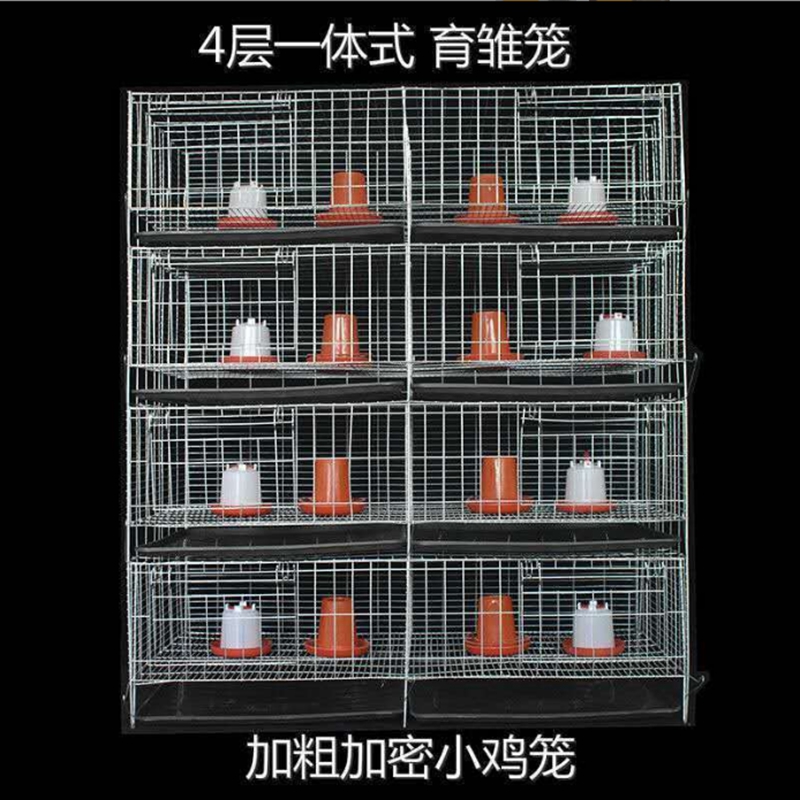hammer mill for cattle feed
ធ្នូ . 15, 2024 16:54 Back to list
hammer mill for cattle feed
Hammer Mill for Cattle Feed Enhancing Feed Efficiency and Nutrition
Livestock farming has evolved significantly over the years, with the demand for high-quality feed becoming a critical factor in ensuring the productivity and health of cattle. Among the various tools available to farmers, the hammer mill stands out as an essential piece of equipment for processing cattle feed. This article explores the functions, benefits, and considerations involved in using a hammer mill for cattle feed production.
Understanding Hammer Mills
A hammer mill is a mechanical device that uses rotating hammers to crush and grind materials into smaller, more manageable particles. It is commonly used in the production of animal feed due to its efficiency and versatility. The size and type of the hammers used can be adjusted to produce different particle sizes, catering to the needs of different livestock, including cattle.
The operation of a hammer mill involves feeding raw materials—such as grains, corn, soybeans, and other feed ingredients—into the mill. As the hammers rotate at high speed, they impact and pulverize the materials, which are then passed through a screen to ensure uniformity in particle size. This process results in a fine, consistent feed that can greatly improve the nutritional intake of cattle.
Benefits of Using a Hammer Mill for Cattle Feed
1. Improved Nutritional Value By reducing the particle size of feed ingredients, hammer mills enhance the digestibility of nutrients, making them more accessible to cattle. This can lead to better overall health and productivity, as the animals can efficiently convert feed into energy and growth.
2. Cost-Effective Feed Production Producing cattle feed with a hammer mill allows farmers to take advantage of bulk purchasing and processing of raw ingredients. This can significantly reduce feed costs, as operators can create customized feed mixes suited to their specific livestock needs while minimizing wastage.
3. Flexibility and Customization Hammer mills provide the flexibility to process a wide range of feed ingredients, making it easier for farmers to tailor feed formulations to meet the varying nutritional requirements of their cattle. This adaptability is particularly beneficial in adjusting diets based on the age, health, and production stage of the livestock.
4. Consistency and Uniformity The ability to produce uniformly sized feed particles ensures that all cattle receive the same nutritional benefits from their feed. This consistency can be crucial in large herds, where ensuring each animal receives adequate nutrition is paramount for optimal performance.
hammer mill for cattle feed

5. Reduction in Feed Storage Issues Smaller particle sizes produced by hammer mills can reduce the bulk of the feed, making storage and handling easier. This can be particularly advantageous in terms of space management and reducing the likelihood of spoilage.
Considerations When Using Hammer Mills
While the advantages of hammer mills are clear, there are also considerations that farmers must take into account
1. Energy Consumption Hammer mills can be energy-intensive, particularly when working with hard feed ingredients. Farmers should assess their energy resources and the cost implications of operating a hammer mill.
2. Maintenance Requirements Regular maintenance is necessary to keep the hammer mill functioning effectively. This includes replacing worn hammers and screens to maintain optimal performance and prevent contamination of the feed.
3. Dust Management The milling process can create dust, which poses health risks to both livestock and operators. Ensuring proper ventilation and dust collection systems can mitigate these risks.
4. Equipment Selection Choosing the right type and size of hammer mill is crucial for achieving the desired feed particle size and throughput. Farmers should consider their specific needs, including herd size and feeding practices, when selecting equipment.
Conclusion
In conclusion, hammer mills are invaluable tools in the production of cattle feed, offering numerous benefits that enhance feed efficiency, nutritional value, and cost-effectiveness. By investing in a hammer mill, farmers can ensure that their cattle receive high-quality feed that supports health and productivity. However, it's essential to weigh the factors of energy consumption, maintenance, and dust management to optimize the benefits of this essential equipment. As livestock farming continues to grow and evolve, the role of hammer mills in cattle feed production will undoubtedly remain significant, helping to meet the demands of both farmers and consumers in the ever-changing agricultural landscape.
-
High Performance Exhaust Fan – Efficient Ventilation Solutions for Home
NewsJun.10,2025
-
High-Quality Gestation Pen for Sows Durable Mobile Pig Pen & Simple Pig Pen Solutions
NewsJun.10,2025
-
High Quality Rabbit Cage Double Tier Designs & Welded Wire Mesh Supplier
NewsJun.10,2025
-
Floating Fish Feed Machine - High Efficiency Floating Fish Feed Extruder for Small Scale Production
NewsJun.10,2025
-
Premium Poultry Housing Solutions Mobile & Commercial Free Range Options
NewsJun.10,2025
-
Industrial FRP Fans Corrosion-Resistant Blades & Centrifugal Systems
NewsJun.09,2025






